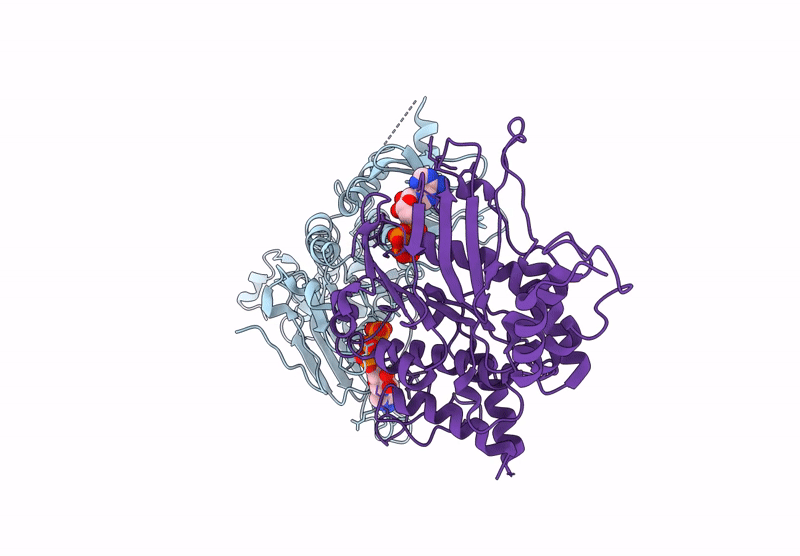
Deposition Date
2024-11-06
Release Date
2025-07-02
Last Version Date
2025-12-10
Method Details:
Experimental Method:
Resolution:
3.31 Å
Aggregation State:
PARTICLE
Reconstruction Method:
SINGLE PARTICLE


